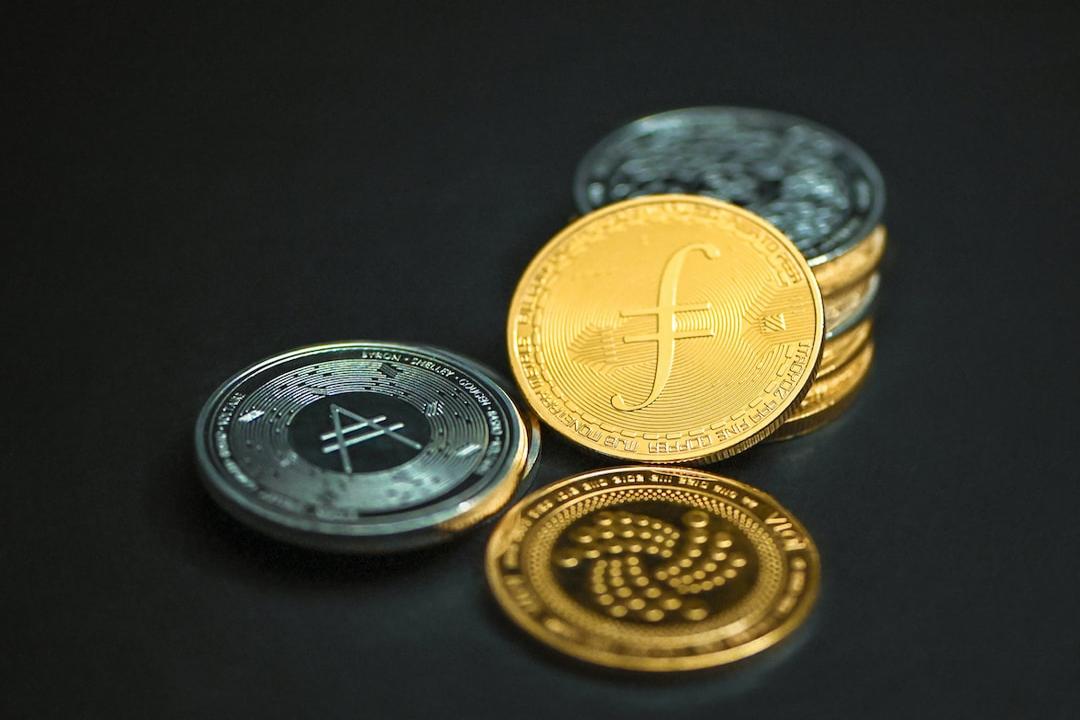Money markets play a pivotal role in the financial system by facilitating short-term borrowing and lending. These markets are crucial for the smooth operation of long-term financial markets and overall economic performance. This article explores the key characteristics of money markets, the major players involved, the various instruments traded, their functions, and their impact on the broader financial market.
What exactly are Money Markets?
In simple terms, money markets are platforms where short-term debt investments are traded. These markets are organized exchanges where participants can engage in lending and borrowing high-quality debt securities and other low-risk, short-term securities with original maturities of one year or less. Money markets typically consist of the most liquid assets, such as treasury bills, certificates of deposit, commercial paper, and repurchase agreements. Various entities, including governments, banks, corporations, and other large institutions, utilize money markets to raise funds for short-term projects. Individual investors also have the opportunity to lend money for interest with little risk involved.
Key Players in Money Markets
Several key participants play distinct roles in money markets:
– Banks and Financial Institutions: These entities use money markets to meet their liquidity needs and engage in borrowing and lending activities.
– Corporations: Companies utilize money markets to fulfill their short-term funding requirements, often through the issuance of commercial paper.
– Governments: Governments issue T-Bills to cover their short-term funding needs, which can be bought by investors.
– Investment Funds: Money market mutual funds purchase and own money market instruments, providing investors with a way to participate in these markets.
– Retail Investors: While not the primary tool, retail investors can participate in money markets through money market mutual funds, T-Bills, and CDs.
Key Instruments in Money Markets
Money markets facilitate the trading of various financial instruments that impact liquidity, exchange rates, and interest rates. These instruments include Treasury Bills, Certificates of Deposit, Commercial Paper, Repurchase Agreements, and Bankers’ Acceptances. By trading these instruments, money markets ensure a smooth flow of finance within the system.
Functions of Money Markets
Money markets serve several critical functions within the financial system:
– Providing short-term funds for trade, industry, and working capital needs.
– Allowing financial institutions to lend excess bank reserves and earn interest.
– Supporting monetary authorities in implementing monetary policy by controlling short-term interest rates.
Impact on Financial Markets
Money markets have a significant impact on the broader financial market:
– They provide necessary liquidity for financial institutions to maintain reserves and ensure daily financing.
– Central banks use money markets to implement monetary policy and control short-term interest rates.
– Money market mutual funds offer low-risk investment options for investors seeking short-term returns.
Impact on Cryptocurrency Markets
The interaction between traditional money markets and digital assets, such as cryptocurrencies, can improve the liquidity and performance of cryptocurrency markets. Acceptance of cryptocurrencies in money markets could lead to regulated trading and lending of digital assets, enhancing consumer trust.
In Conclusion
Money markets are crucial for short-term lending, borrowing, and liquidity needs in the modern financial landscape. Investors and institutions must navigate both traditional and evolving financial settings to maximize opportunities. While risks exist, money markets play a vital role in the broader financial community and can lead to successful ventures into new investment opportunities, including cryptocurrencies.

